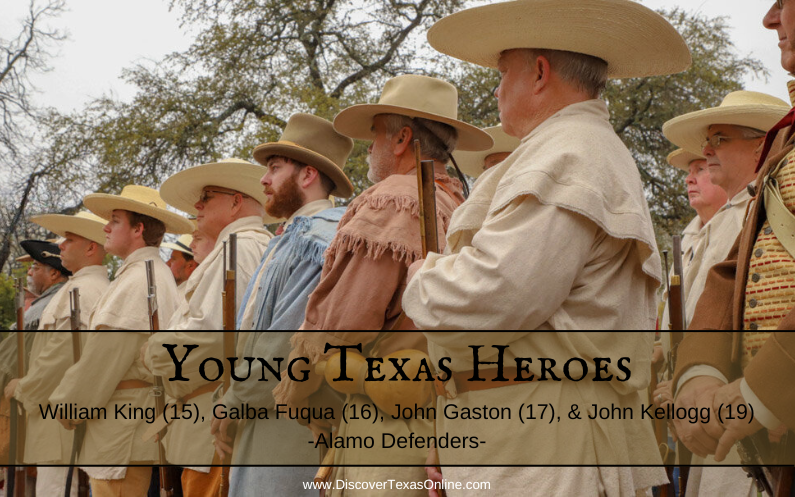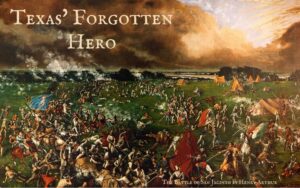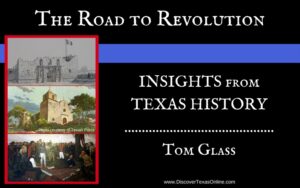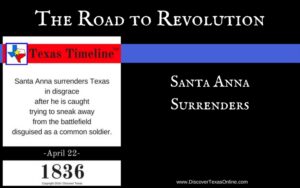
Earlier I wrote about William Philip King who, at 15, beseeched his father to allow him to take his place among the “Immortal 32” volunteers from Gonzales who marched to assist the defenders of the Alamo. William Philip King was the youngest to die when the Alamo fell, but he was not the only teenager to give his life that day.
Galba Fuqua was the oldest son in a family of seven orphaned children descended from French Huguenots. He was 16 when he enrolled as one of Byrd Lockhart’s Gonzales Ranging Company of Mounted Volunteers on February 23, 1836 and rode with the “Immortal 32” to relieve the garrison defenders. We’re not sure what role he played on the morning of March 6, but Susanna Dickinson, an Alamo survivor who was also from Gonzales, reported that Fuqua found her in the sacristy during the battle and tried to deliver a message…but she couldn’t understand him because his jaw had been broken in the fighting.
He was killed later that morning—March 6. He would have celebrated his 17th birthday three days later.
A third teen to volunteer from Gonzales, John Gaston was 17 when he marched with the “Immortal 32.” No newcomer to the revolution, Gaston had gone with his step-father to serve as a lookout along the Guadalupe River when Lt. Cantaneda and his soldiers came to demand the return of the famous Gonzales “Come and Take It” cannon. He was the oldest son of Rebecca Gaston Davis. His older sister Sidney Gaston newly married to John Benjamin Kellogg, 19, who was the fourth teenaged hero to volunteer with the “Immortal 32.” Both John Gaston and John Kellogg died on March 6, 1836. Sidney Gaston Kellogg gave birth to a son on March 12, 1836.
It’s hard for us to understand the convictions that would motivate such young men—all of whom had responsibilities at home and much to live for—to sacrifice everything for the cause of freedom, but I think it’s worth noticing that heroic young men were not unusual in nineteenth-century Texas.



